Optimizing Your Website, SEO, and Automation for Growth
Many businesses invest heavily in marketing campaigns only to see disappointing results. The culprit? A weak digital foundation. Your website, SEO strategy, and automation tools form the backbone of your marketing efforts. Without a solid infrastructure, even the most creative campaigns will struggle to deliver results.
A well-optimized foundation ensures that your marketing efforts reach the right audience, convert effectively, and scale over time. In this guide, we’ll explore the key areas that determine marketing success and provide actionable insights to strengthen your digital presence.
Introduction: Why a Weak Digital Foundation Limits Marketing Success
Step 1: Website & UX Optimization – Speed, Conversion Paths, and Accessibility Best Practices
Your website is often the first impression potential customers have of your brand. A slow, confusing, or inaccessible site can drive visitors away before they even engage with your offerings. Optimizing for user experience (UX) is essential for turning visitors into leads and customers.
Key Areas to Focus On:
- Website Speed & Performance: Slow-loading pages increase bounce rates and hurt SEO rankings. Use tools like Google PageSpeed Insights to identify bottlenecks and optimize loading times.
- Mobile-Friendliness: Over half of web traffic comes from mobile devices. Ensure your site is responsive and provides a seamless experience across all screen sizes.?
- Clear Conversion Paths: Guide visitors toward action with clear calls-to-action (CTAs), intuitive navigation, and a well-structured layout.
- Accessibility Standards: Ensure your site follows WCAG (Web Content Accessibility Guidelines) to accommodate users with disabilities. This includes proper contrast ratios, keyboard navigation, and alt text for images.
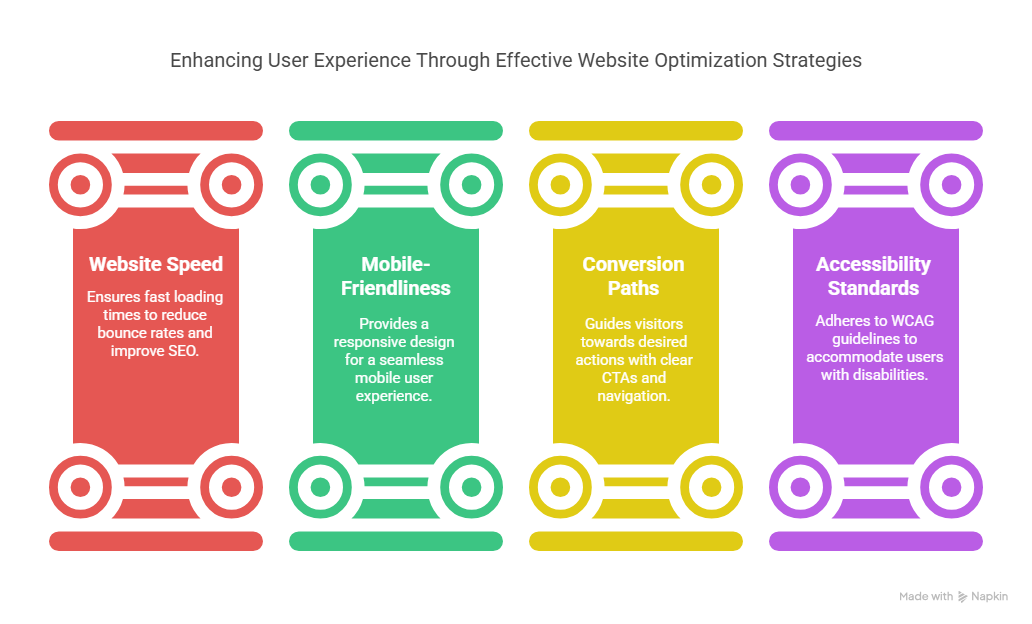
Step 2: SEO & SEM Strategies That Go Beyond Keywords
Search engine optimization (SEO) and search engine marketing (SEM) are critical for visibility, but many businesses focus too narrowly on keyword rankings. A more strategic approach includes technical SEO, search intent optimization, and PPC alignment.
Advanced SEO Strategies:
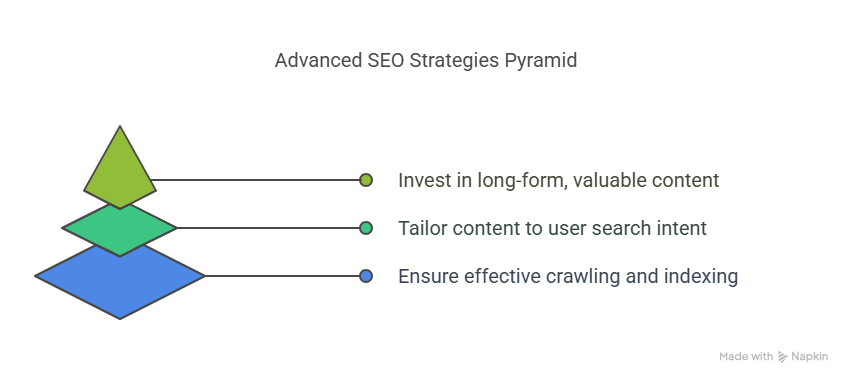
- Technical SEO: Ensure search engines can crawl and index your site effectively. Fix broken links, optimize site structure, implement proper redirects, and use schema markup to enhance search visibility. Improve Core Web Vitals for better rankings and user experience.
- Search Intent Optimization: Beyond ranking for keywords, consider the intent behind searches. Are users looking for information, comparisons, or purchase options? Tailor content accordingly by optimizing for featured snippets, FAQs, and multimedia elements such as video content.
- Content Depth & Authority: Long-form, well-researched content tends to rank higher. Invest in blog posts, whitepapers, and case studies that provide real value to your audience. Incorporate internal linking strategies to guide visitors through related content and enhance SEO.
- Local & Voice Search Optimization: Optimize for local SEO by claiming and optimizing Google Business Profile listings, acquiring local backlinks, and using location-based keywords. Additionally, structure content for voice search by using conversational phrasing and answering common user queries directly.
SEM & PPC Best Practices:
- Align Paid & Organic Strategies: Use PPC campaigns to target high-intent keywords while optimizing for organic rankings in the long term.
- A/B Testing for Ads: Regularly test ad copy, visuals, and landing pages to improve conversion rates.
- Retargeting Strategies: Capture lost leads by retargeting users who visited your site but didn’t convert.
- PPC Budget Allocation: Focus budget on high-performing keywords and continuously optimize ad spend to maximize ROI.
- Landing Page Optimization: Ensure PPC traffic leads to high-converting pages tailored to the ad message.
- Ad Copy & Creative Variation: Rotate multiple ad versions to determine which resonates best with your audience.
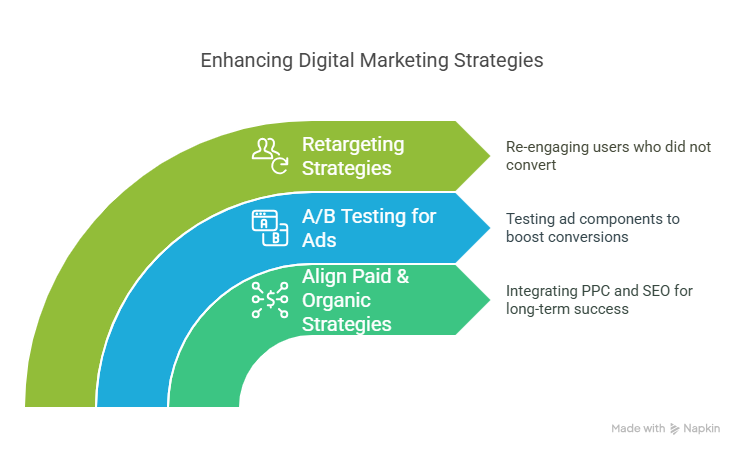
Step 3: The Importance of Consistent Brand Messaging Across All Touchpoints
A disjointed brand message confuses potential customers and weakens trust. Every interaction—whether through your website, social media, email campaigns, or paid ads—should convey a consistent voice and value proposition.
SEM & PPC Best Practices:
-
Define Your Brand Voice:
Establish clear guidelines for tone, style, and messaging. -
Unify Visual Identity:
Maintain consistency in colors, fonts, and design elements across all platforms. -
Ensure Cohesion in Content Strategy:
Align blog posts, social media content, and email marketing with your brand’s core message.
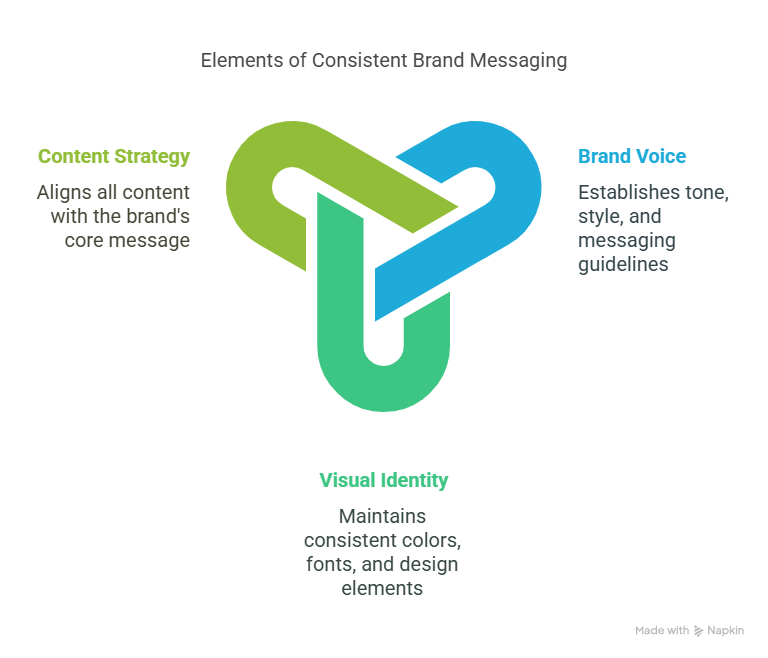
Step 4: Marketing Automation & CRM – Streamlining Lead Capture, Segmentation, and Nurturing
Marketing automation and customer relationship management (CRM) tools help businesses scale their marketing efforts efficiently. When used correctly, these tools enable personalized engagement, improved lead nurturing, and enhanced customer retention. The right automation strategy ensures your team focuses on high-value interactions while repetitive tasks are handled seamlessly.
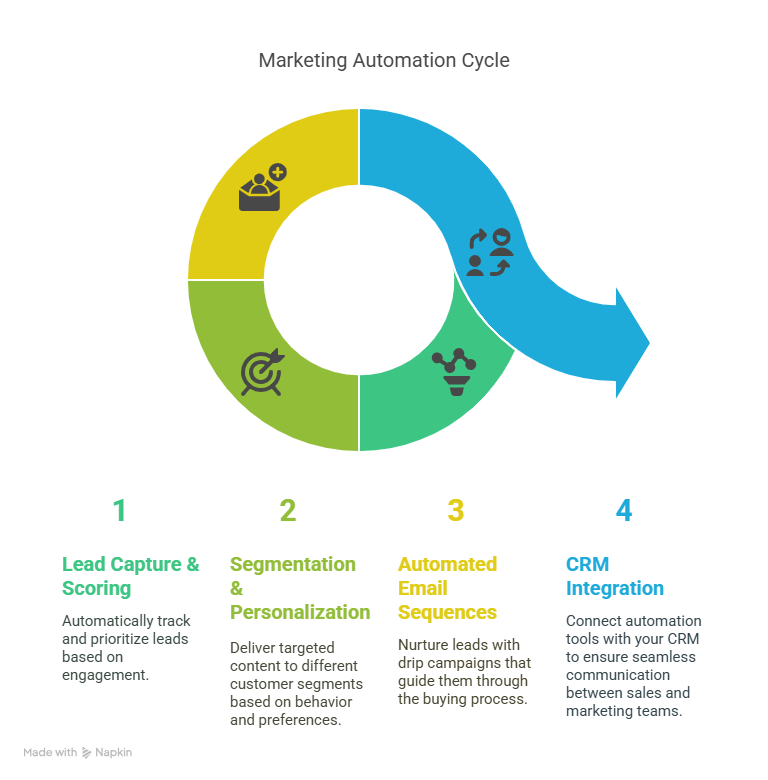
Key Benefits of Marketing Automation:
- Lead Capture & Scoring: Automatically track, qualify, and prioritize leads based on engagement and behaviors. Utilize AI-driven scoring models to focus efforts on the most promising prospects.
- Segmentation & Personalization: Deliver targeted content to different customer segments based on their interests, pain points, and purchase journey stage. Dynamic segmentation helps refine messaging over time.
- Automated Email Sequences: Build trust and nurture leads with customized drip campaigns that educate and guide prospects through the buying process. Include behavior-based triggers to optimize engagement.
- CRM Integration: Connect automation tools with your CRM to ensure seamless communication between sales and marketing teams, leading to improved conversion rates and customer satisfaction.
- Multichannel Marketing Automation: Expand beyond email—automate engagement through SMS, chatbots, and social media to create an omnichannel experience for potential customers.
- Performance Tracking & Optimization: Continuously analyze automation workflows, email open rates, and conversion metrics to refine strategies and enhance ROI.
Step 5: Tools & Technologies to Improve Marketing Efficiency and Performance Tracking
Choosing the right tools can make or break your marketing success. Here are some essential platforms to consider:
- SEO & Website Analytics: Google Analytics, SEMrush, Ahrefs
- Marketing Automation: HubSpot, Marketo, ActiveCampaign
- CRM Systems: Salesforce, Zoho CRM, Pipedrive
- A/B Testing & Optimization: Optimizely, Google Optimize
Conclusion: Strengthen Your Marketing Foundation Today
A well-optimized digital foundation sets the stage for scalable growth. By improving website UX, refining SEO strategies, maintaining consistent messaging, and leveraging automation, businesses can maximize their marketing effectiveness.



